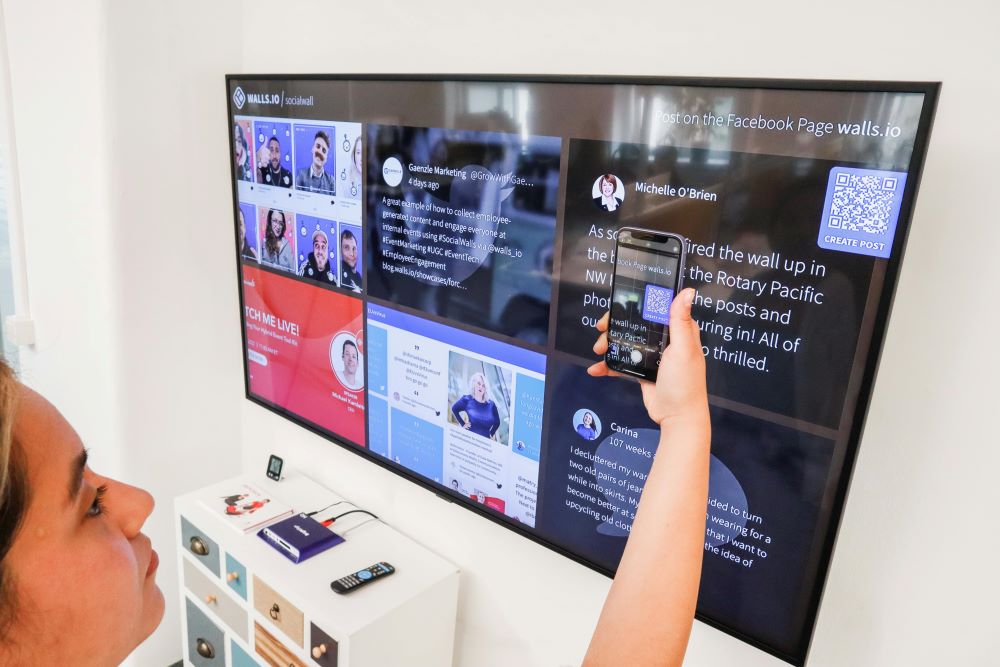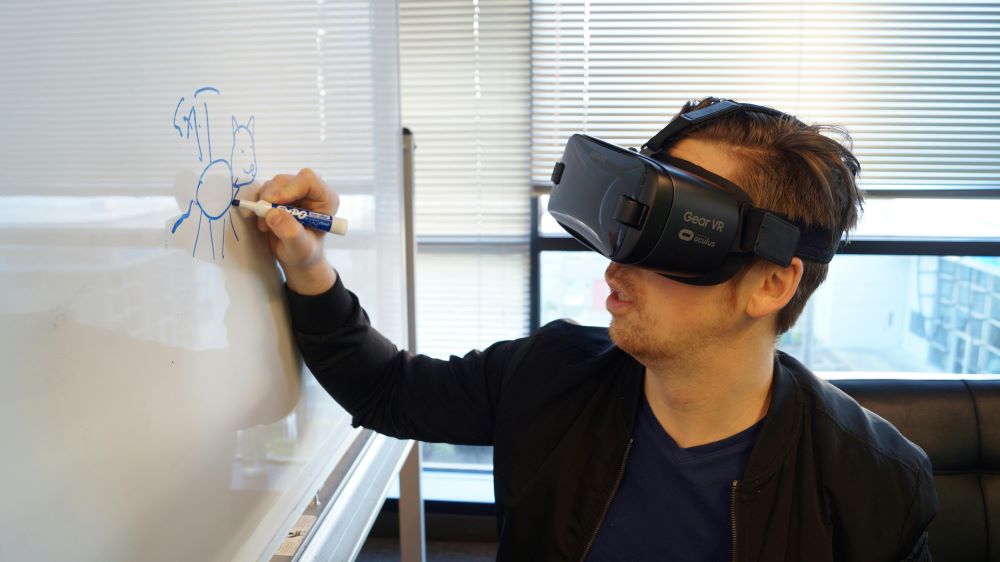Image Source: pexels
Staying ahead of the curve is not just a goal but also a need for survival and success in the fast-paced and cutthroat business environment of today. Technology is advancing at a rate that has never been seen before, upending entire industries and providing novel answers to persistent problems. Adopting these trends is about more than just staying current; it’s about taking advantage of chances to improve consumer experiences, revolutionize corporate processes, and produce financial gains. We’ll look at five cutting-edge technological innovations in this post that could drastically alter the way firms operate. Through comprehension and utilization of these advancements, establishments can set themselves up for sustained prosperity in a constantly changing marketplace.
Table of Contents
Artificial Intelligence (AI) and Machine Learning (ML)
Artificial Intelligence (AI) and Machine Learning (ML) are revolutionary technologies that are completely transforming a variety of industries, not just buzzwords. These technologies have made it possible for businesses to extract useful insights from enormous datasets by opening up previously unattainable possibilities in data analysis, automation, and decision-making. AI and ML offer a wide range of applications that can completely transform how businesses operate, from chatbots that provide personalized customer service through natural language processing to predictive analytics that predict customer behavior. Organizations can gain a competitive edge in the data-driven economy of today by optimizing resource allocation, enhancing efficiency, and unlocking new revenue streams through the use of AI-powered solutions.
Internet of Things (IoT) and connectivity
Image Source: pexels
An era of unprecedented connection has been brought about by the Internet of Things (IoT), which makes it possible for digital systems and physical things to communicate and share data with ease. Smart appliances, industrial machinery, and other items are increasingly incorporating Internet of Things (IoT) devices and sensors. Companies can track inventory levels, monitor assets in real-time, and improve supply chain efficiency by utilizing IoT technologies. Furthermore, customers benefit from the increased convenience and personalization that IoT-enabled smart devices provide, which increases engagement and loyalty. Businesses may unlock new revenue streams and obtain important insights into customer behavior by leveraging IoT’s capacity to create interconnected ecosystems. This opens up new avenues for growth and innovation in the digital age.
Predictive Maintenance and Vibration Analysis
Apart from the previously indicated patterns, vibration analysis-driven predictive maintenance is transforming asset management and equipment dependability. With the introduction of IoT and connectivity, companies can use predictive analytics to transform maintenance procedures by using sensor data to forecast equipment faults before they happen. For example, IoT-enabled sensors in manufacturing facilities can continuously do complete vibration analysis in order to discover anomalies and send out maintenance alerts, while also monitoring machine performance in real-time. Organizations may optimize asset utilization, limit downtime, and prolong the lifespan of important equipment by implementing predictive maintenance solutions. This leads to improved operational efficiency and lower maintenance expenses. As a crucial element of predictive maintenance, vibration analysis provides insightful information about the condition of the machinery, facilitating preemptive maintenance interventions that save expensive breakdowns and raise overall productivity.
Blockchain and Distributed Ledger Technology (DLT)
Distributed ledger technology (DLT) and blockchain have become disruptive forces, providing decentralized, transparent, and secure alternatives to conventional corporate procedures. Fundamentally, a blockchain is a distributed database that keeps track of an ever-expanding collection of information called blocks that are connected by a chain. This technology lowers costs and reduces risks in a variety of businesses by enabling tamper-proof record-keeping and speedier transactions. Blockchain-powered smart contracts enable trustless interactions and automate the execution of agreements, opening the door for new business models and ecosystems. Blockchain technology holds the ability to transform various industries, increase productivity, and open up new avenues for value generation in the digital economy, ranging from supply chain management to financial transactions.
Augmented Reality (AR) and Virtual Reality (VR)
Image Source: pexels
Virtual reality (VR) and augmented reality (AR) are revolutionizing how companies interact with stakeholders, employees, and consumers. These immersive technologies present unmatched chances for experience marketing, education, and storytelling. AR and VR applications are transforming a wide range of industries, from interactive training simulations that improve employee abilities to virtual product demos that let customers see things in their own area. Furthermore, these technologies provide enormous possibilities for immersive retail, design visualization, and remote collaboration—all of which can help businesses stand out from the competition and innovate in crowded marketplaces. Businesses can generate engaging experiences that increase brand exposure, customer loyalty, and eventually revenue by utilizing AR and VR.
Edge Computing and Cloud Technologies
Real-time insights and improved scalability are made possible by edge computing and cloud technologies, which are revolutionizing the way enterprises handle, store, and analyze data. For applications like driverless cars, Internet of Things devices, and industrial automation, edge computing optimizes bandwidth utilization by decentralizing computer resources and moving the process closer to the data source. Cloud platforms enable businesses to innovate quickly and grow operations with ease while also providing flexibility, scalability, and cost-efficiency. Organizations can fully utilize their data, spurring innovation and providing better customer experiences in an increasingly digital world, by combining edge computing and cloud technology.
The coming together of these cutting-edge technological trends offers a multitude of chances for companies to transform and spur long-term growth. All of these technologies—from blockchain to AI and IoT to AR and AR—have the power to upend established business models, change entire industries, and create entirely new value propositions. Adopting these trends calls for strategic investment, a proactive approach, and a readiness to adjust to changing market conditions. Businesses may establish themselves as leaders in their industries, spurring innovation and providing unmatched value to clients, by keeping up with technology developments and utilizing them to their advantage.




